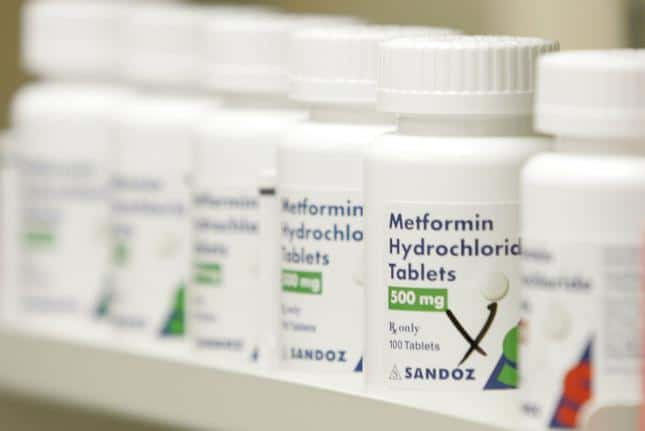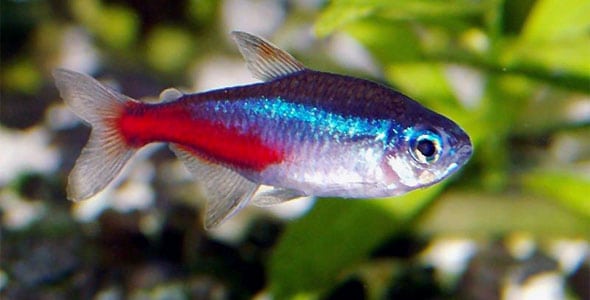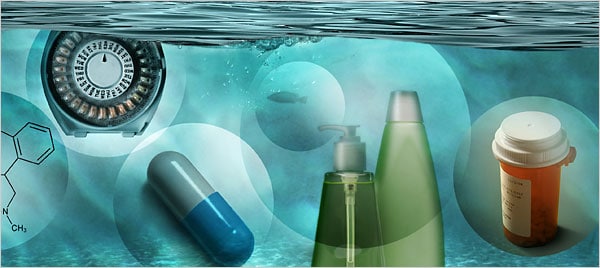
At present, 382 million people worldwide live with the debilitating diagnosis of diabetes. And with numbers only expected to increase, that means that so too are the prescriptions for the drugs that are commonly used to treat this blood sugar disorder. Although many physicians have had success treating patients through a ‘food as medicine’ approach, pharmaceutical drug Metformin is still the most commonly reached-for medication to treat this disease of affluence.
But Metformin isn’t just available from pharmaceutical dispensaries and private medicine cabinets, it’s also been shown to be showing up in freshwater systems. And now new research suggests it is likely to blame for intersex fish.
Researcher Rebecca Klaper, from the University of Wisconsin-Milwaukee, has been looking to the drug’s prevalence in watersheds, as well as exploring its potential effects on wildlife.
Said Klaper in a recent press release, “It is the chemical we found in almost every sample and in the highest concentrations compared to other emerging contaminants — even higher than caffeine,” she said in a recent press release.
As UPI shared, the phenomena of fish expressing combinations of male and female sex organs is found to be increasingly common in waters downstream from water treatment plants. Such shocking effects have been blamed on hormone-related drugs, like birth control and beauty products such as acne medicine.
But unlike some of those prescription drugs, Metformin isn’t a hormone. Similar to other diabetes drugs, it targets blood-sugar regulation. It has, however, been occasionally used to treat a hormonal disease in women called polycystic ovary syndrome. And according to Klaper, Metformin may function as an endocrine disruptor.
When the researcher exposed fish to metformin in her lab, their growth or physical appearance was not altered. Eggs produced by the females showed signs of male and female morphology, however, suggesting that the medication is indeed disrupting hormone-related reproductive processes.

Klaper and her colleagues have plans to conduct additional experiments in order to locate the exact genomic changes induced by the diabetes drug.
“We’re now working on a paper that investigates the metabolic pathways at various points in the fishes’ life to see what is changing,” she explained.
Unfortunately this is not the first time a team of researchers has found pharmaceutical drugs to be circulating in the water supply. According to Scientific American:
“A nationwide study conducted by the U.S. Geological Survey in 1999 and 2000 found low levels of pharmaceuticals—including antibiotics, hormones, contraceptives and steroids—in 80 percent of the rivers and streams sampled [in America]. According to Citizens Campaign for the Environment (CCE), the effects of constant, low-level exposure of pharmaceuticals on ecosystems and humans are uncertain, though “possible health concerns include hormone disruption, antibiotic resistance and synergistic effects.” And antidepressants, says CCE, can “alter the behavior and reproductive functions of fish and mollusks.”
As millions of individuals continue to flush their prescribed drugs down the toilet – giving little to no thought on the matter – it’s not expected that this concern has lessened any since it first came to scientists’ attention years ago.

As for Klaper’s findings, her latest paper on the subject – which is co-authored by Nicholas Niemuth, a researcher in her lab – was published online just last week. It will soon appear in physical form in then journal’s September issue.
What are your thoughts on this startling find? Share your comments below.


